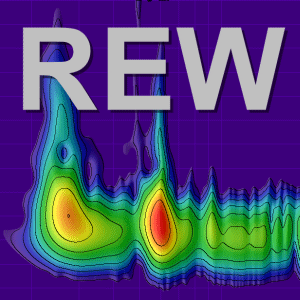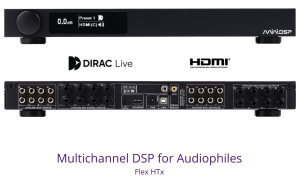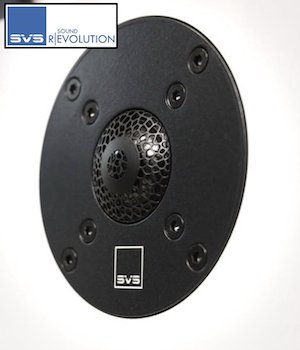DL_Can
New Member
Thread Starter
- Joined
- Feb 18, 2025
- Posts
- 9
More
- Main Amp
- Electrocompaniet ECI6MK2
- DAC
- Gustard R26
- Streaming Equipment
- Volumio Rivo with LPS
- Front Wide Speakers
- Magico A3
- Subwoofers
- 2 x REL T7X
Hi all.
I am a 2-channel listener. I've built up a fairly decent system over the past couple of years.
My room is approx. 24' long x 22' wide, with 9' ceilings that slope from, back and one side down to about 6' high.
I have the following gear:
Magico A3 tower speakers with Gaia feet
Electrocompaniet ECI6 Mk2 integrated
Gustard R26 DAC
Volumio Rivo streamer with external LPS
Blue jeans cables
2 x REL T/7X subwoofers
I am fairly limited to where I can have my listening chair due to the position of the TV and the couches in the room.
I have done the subwoofer crawl and spent a fair amount of time adjusting the gain/crossover and phase on the subwoofers.....to the best of my abilities. While I am not unhappy with the sound, I do feel like I am in a bit of a null and can improve the bass. I do plan on upgrading the subwoofers at some stage, but I'd rather do a little more work first.
I used REW a few months back and the results didn't make sense to me. I decided to give it another shot today. By looking at the graphs, it appears that my speakers and subs hardly put out any bass. However, when I play anything with good low end (Ratchets or Money for Nothing etc.), the bass does kick pretty hard.
I've attached the .mdat files as well as the room layout, and hoping someone can let me know what I am missing, any idea what's going on with the readings. All comments appreciated!
Thanks.
I am a 2-channel listener. I've built up a fairly decent system over the past couple of years.
My room is approx. 24' long x 22' wide, with 9' ceilings that slope from, back and one side down to about 6' high.
I have the following gear:
Magico A3 tower speakers with Gaia feet
Electrocompaniet ECI6 Mk2 integrated
Gustard R26 DAC
Volumio Rivo streamer with external LPS
Blue jeans cables
2 x REL T/7X subwoofers
I am fairly limited to where I can have my listening chair due to the position of the TV and the couches in the room.
I have done the subwoofer crawl and spent a fair amount of time adjusting the gain/crossover and phase on the subwoofers.....to the best of my abilities. While I am not unhappy with the sound, I do feel like I am in a bit of a null and can improve the bass. I do plan on upgrading the subwoofers at some stage, but I'd rather do a little more work first.
I used REW a few months back and the results didn't make sense to me. I decided to give it another shot today. By looking at the graphs, it appears that my speakers and subs hardly put out any bass. However, when I play anything with good low end (Ratchets or Money for Nothing etc.), the bass does kick pretty hard.
I've attached the .mdat files as well as the room layout, and hoping someone can let me know what I am missing, any idea what's going on with the readings. All comments appreciated!
Thanks.














